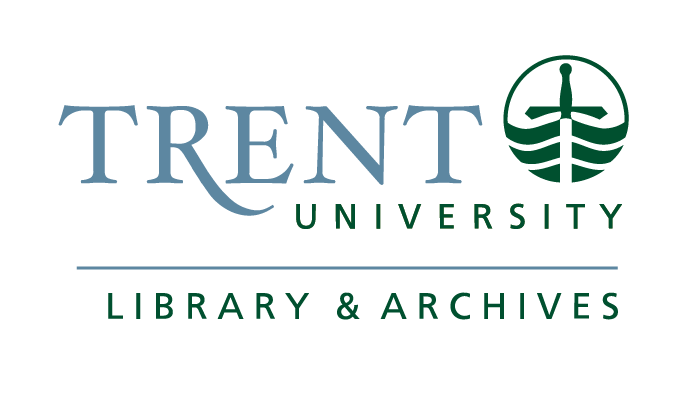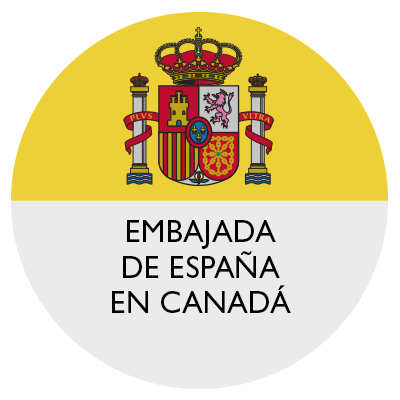National Catholicism
Creator: Villaplana Vargas, Enric
Source:
ACBG30-113-N-3225, Arxiu Comarcal del Bages
Date Created: 1956-05-20
Extent: 1 item
41.72889, 1.82868
1956 was the fourth centenary of the death of Saint Ignatius, an event the regime celebrated. In July, Franco was to attend the solemn anniversary celebration in Loyola. commemorative events, including the blessing and laying of the foundation stone for a housing complex named after the saint, were also held two months earlier, in Manresa, another Ignatian site. The photograph shows Archbishop of Tarragona, Cardinal Benjamín de Arriba y Castro, seated in the place of honor, surrounded by other members of the clergy as well as civil and military authorities.
As the photo illustrates, the Catholic Church held a prominent position within the Francoist power structure. The Church provided legitimacy to the dictatorship and, in return, secured a privileged status, perhaps greater than it had enjoyed since the establishment of the liberal regime in Spain in the early 19th century. The aim was to achieve a perfect union between nation, state, and Catholicism, which would later be known as "National Catholicism."
The confessional nature of the new state was evident in the repeal of the secular legislation enacted by the Republic, the granting of numerous privileges to the Catholic Church, and the official recognition of Catholicism in the regime’s Fundamental Laws. In turn, the state ensured the loyalty of the Church hierarchy through its involvement in the appointment of bishops. The Concordat between Spain and the Holy See signed in 1953 solemnly confirmed the Catholic identity of the nation and the state, as well as the privileges of the Spanish Church.
The Church sought to make the most of the protection provided by the dictatorship and its privileged status to restore its influence over society. The instruments of this social reconquest included, among others, the ubiquitous public presence of Catholicism and its representatives, the increase in the number of clergy, the Church’s monopoly over the education system, its control of morality, its presence in welfare institutions and the military, the ownership of media outlets, the organization of popular missions, and the activism of laypeople through organizations such as Catholic Action.
Furthermore, the integration of people belonging to official Church organizations into the government and administration, especially from 1945 onward, made the regime's official Catholicism evident. At that time, in fact, the characterization of the Francoist dictatorship as a Catholic regime became the perfect cover, allowing it to distance itself from the fascist powers with which it had allied during World War II and to claim its place in the West.
JCM







